An American rode London’s Underground system for a week — and this is what they thought
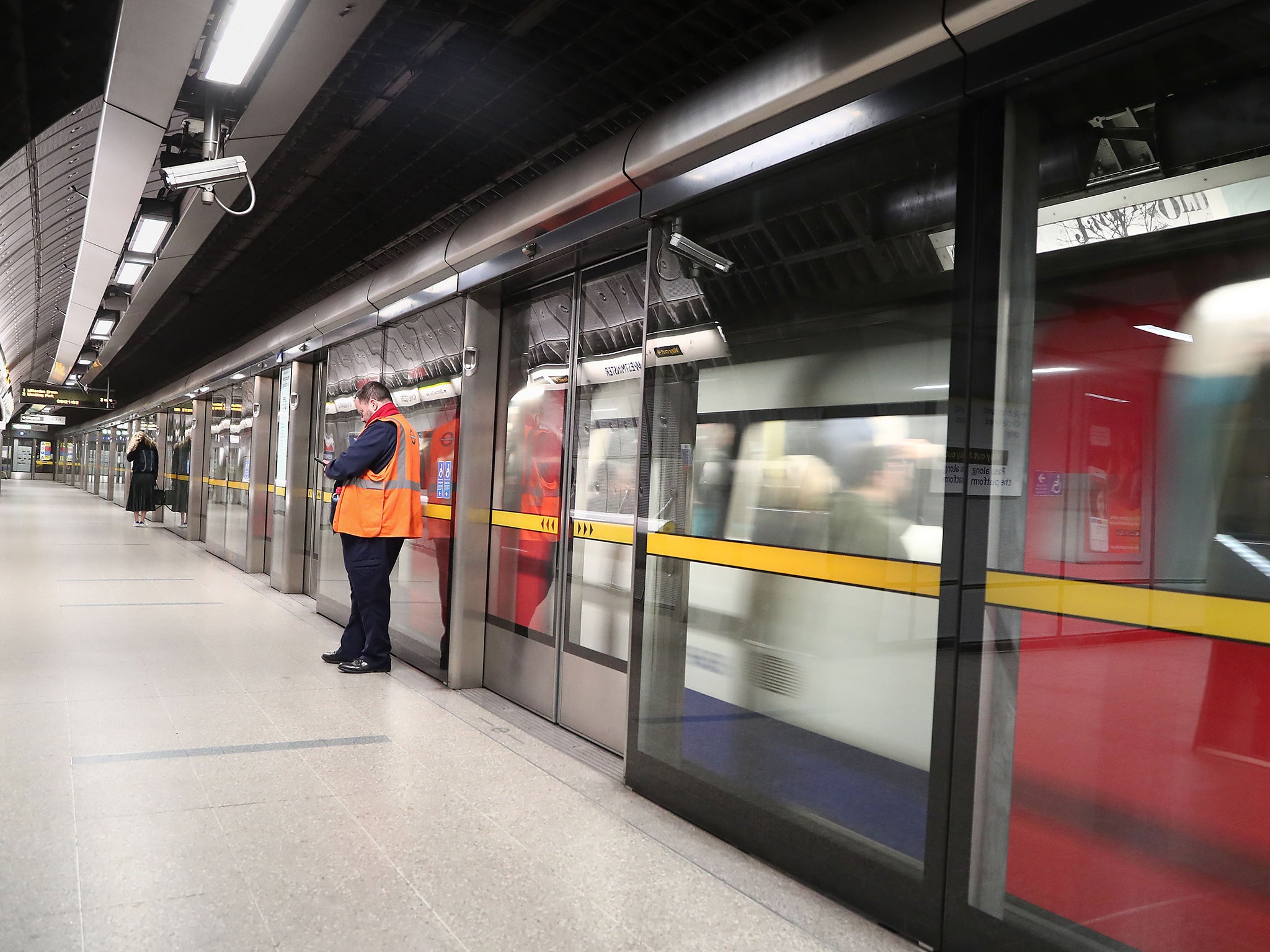
[This article was originally published in 2017]
It was the summer of hell, and I needed some relief.
To take a break from the swamp that New York City becomes in the summer, I took a weeklong trip to the sunny paradise of London for a well-deserved vacation.
OK, fine. London may not be that sunny, but it is a transportation paradise. When comparing it with New York, anyway, London seems like a city that cares about its public transportation. Its trains run often, its buses have a priority network, and there's even a congestion charge for private cars driving in the city center that feeds money back into the transportation projects.
Things are not so great in New York right now. The state and city are in an interminable battle to escape blame for the crumbling infrastructure that millions of New Yorkers rely on every day. But some fixes being suggested now, like congestion charging, have already been at work in London for years.

I decided my vacation would be a good opportunity to see how London's public transportation system works. Not once did I get stuck in a tunnel or even have to wait longer than four minutes for a train — and with countdown clocks at nearly every station, I always knew when the next train was coming. I also never had to detour because of track work, which is done overnight in London.
I think it's best summarized in the status update heard over the PA system every so often in the Underground: "There is good service on all London Underground lines." You definitely don't hear that every day in New York.
While New York often uses the age of its system as an excuse, I saw how London overcame its ancient architecture — some of which dates back to the mid-19th century — to build a modern transportation system. Honestly, it felt strange to be in a city where the denizens didn't constantly gripe about how long it took to get wherever they were.
Here's a sample journey I made, which I think highlights what makes London so much easier to get around.
After making a few quick east-west trips on the Underground, I decided to put it to the test by going some distance. I was going to visit a friend in a northern part of London. This was a bit of a trip — about 5 miles through the city center, or a 40-minute drive, according to Google Maps.

To get to Stoke Newington from Waterloo via transit, I could have taken a bus. As nice as the buses are in London, that didn't seem appealing. Another option was to take the Underground as well as the Overground. It said it would take me 40 minutes — not bad!
The Overground operates a lot like a normal subway, with some elements of a commuter rail. The trains are wider but shorter, and they travel mostly above ground on the outskirts of the city. I was worried about how easy it would be to catch one, but I took my chances.
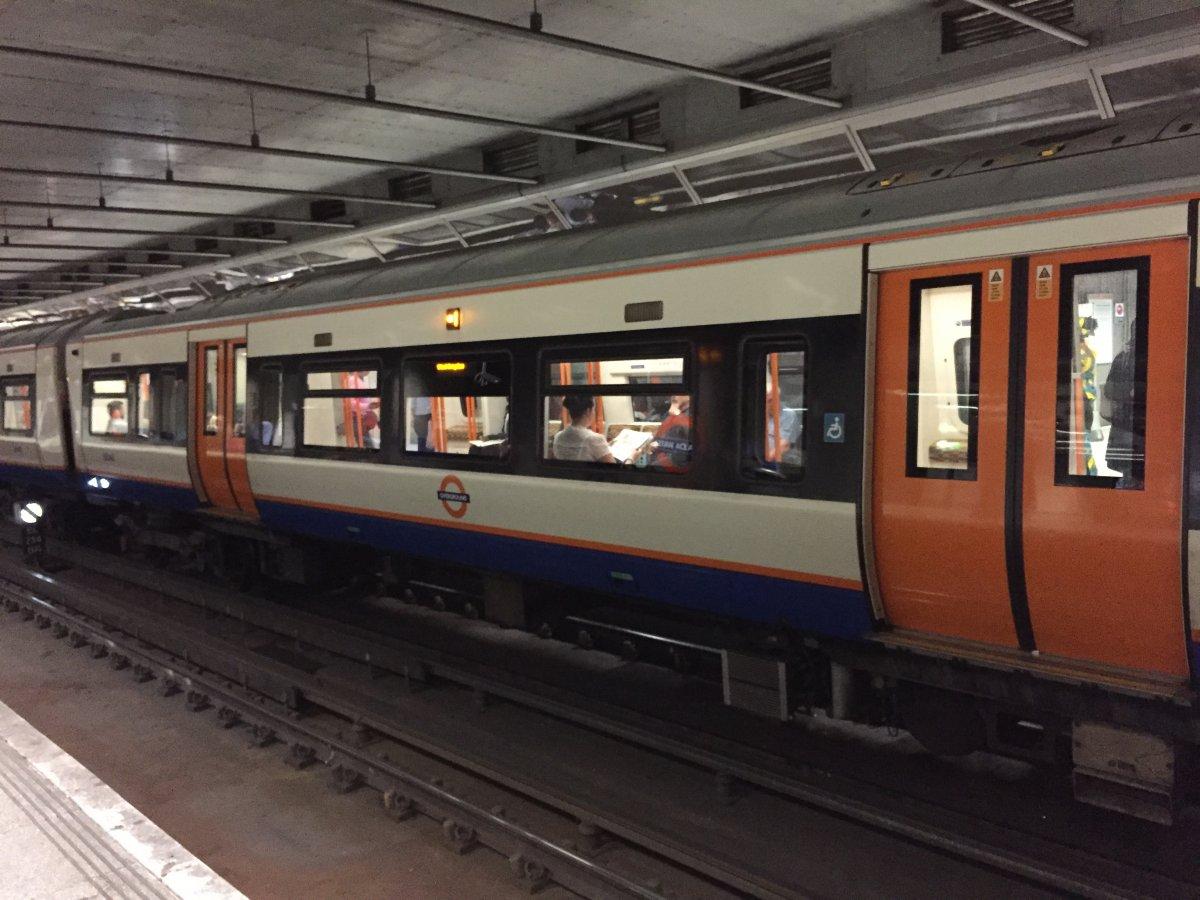
Nearly every journey on London transportation starts with an Oyster card. I started mine at Waterloo station with the plan to take the Jubilee line eastbound. In London, you pay a fare that fluctuates according to the zones you travel through. I went on two separate systems, from Zone 1 to Zone 2, which cost less than £3 (about $3.90).
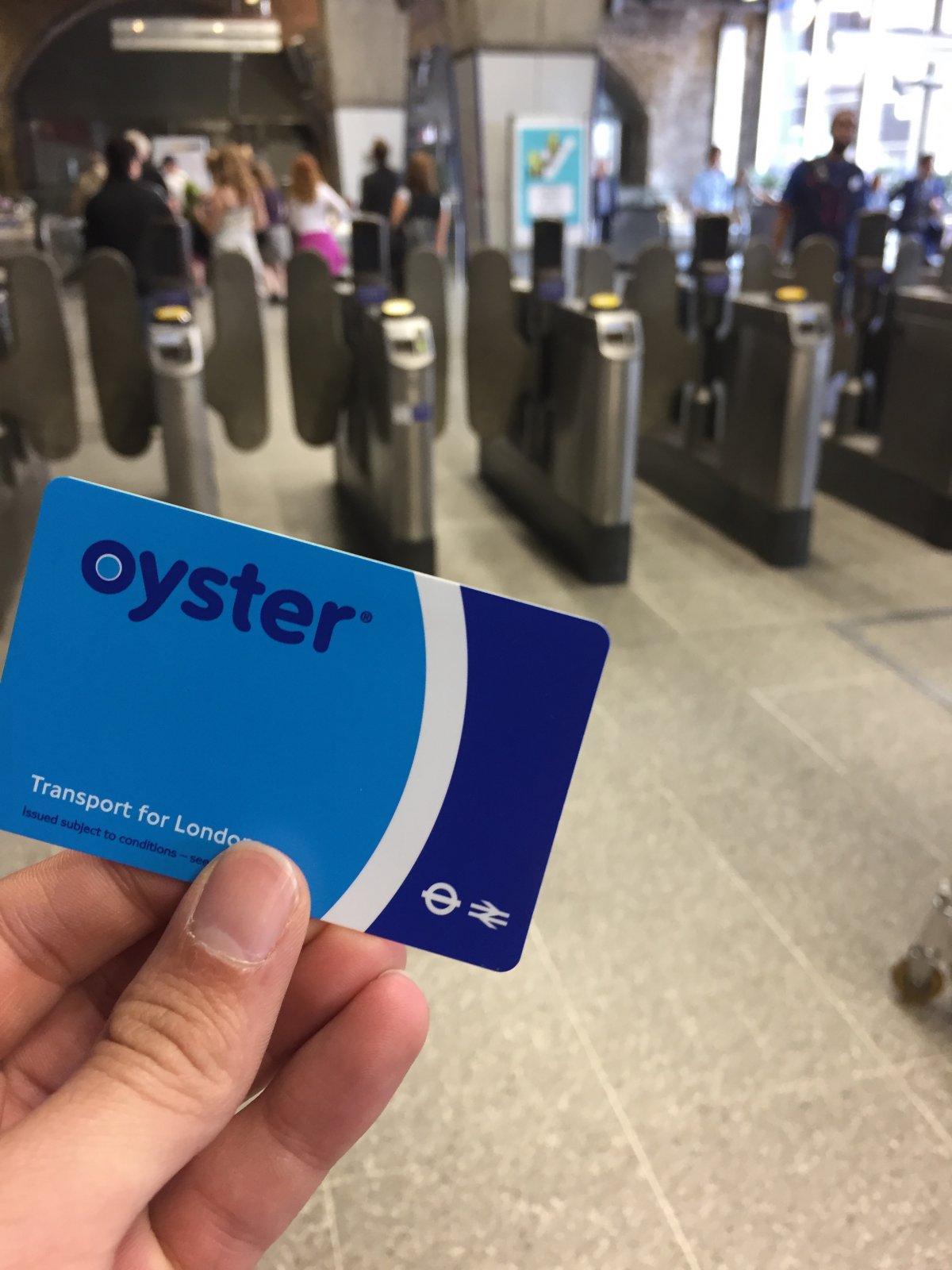
A £5 deposit gets you an Oyster card to use for as long as you need — it never expires. You can also turn it in and receive a refund for the £5 you paid, plus any remaining balance on it.
Each station has this yellow pad that you touch the card to open the gates. There's no swiping whatsoever.
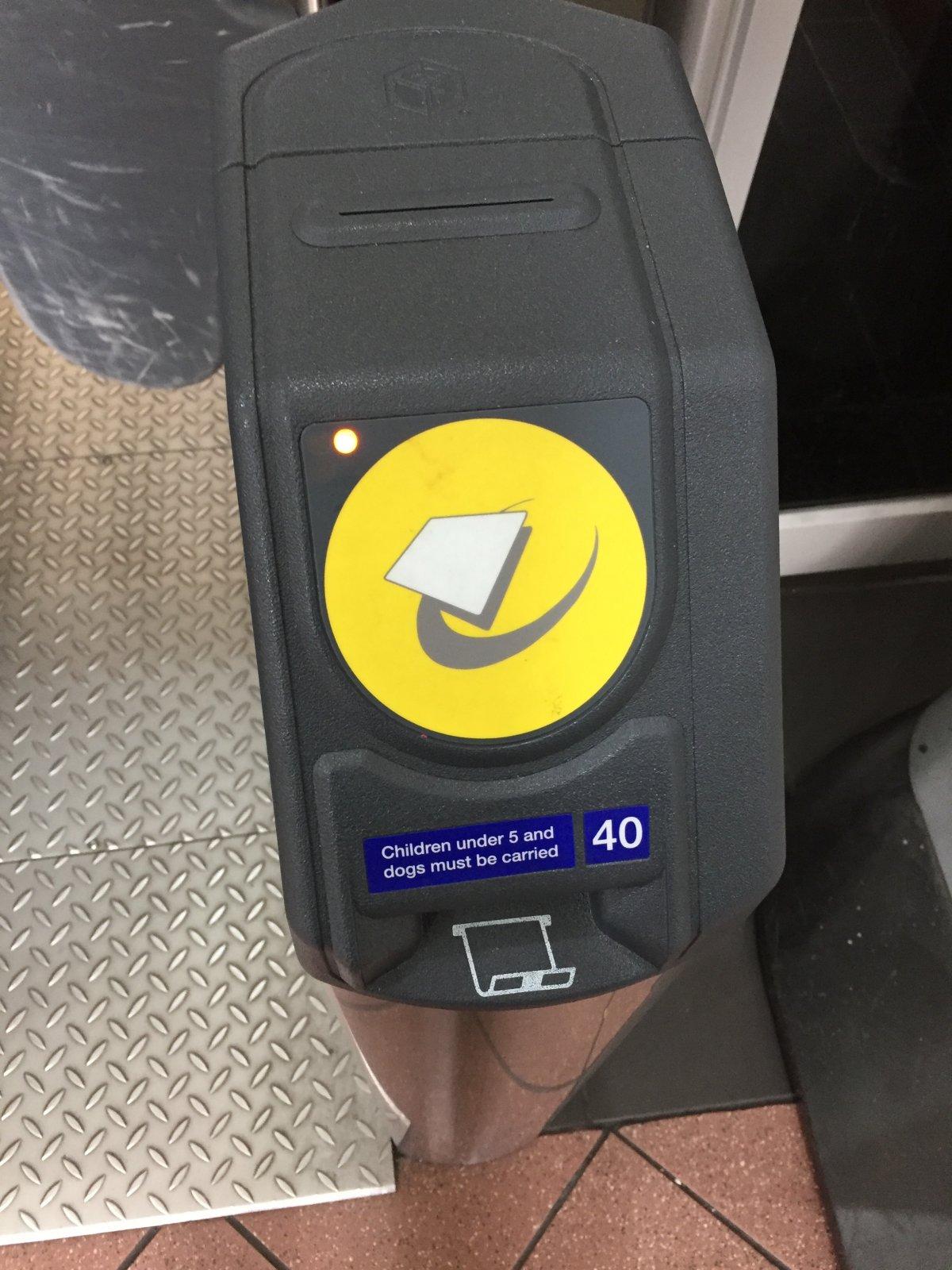
Londoners with a special contactless credit card, which uses the same tech and is common in the UK, can also just touch their credit or debit cards to the turnstile to pay the same fare as an Oyster card.
The turnstile then reads out how much cash you have left on your Oyster card. Getting through the turnstile is quick as a flash, and while there were times the card didn't register on the first touch, another quick one did the trick.
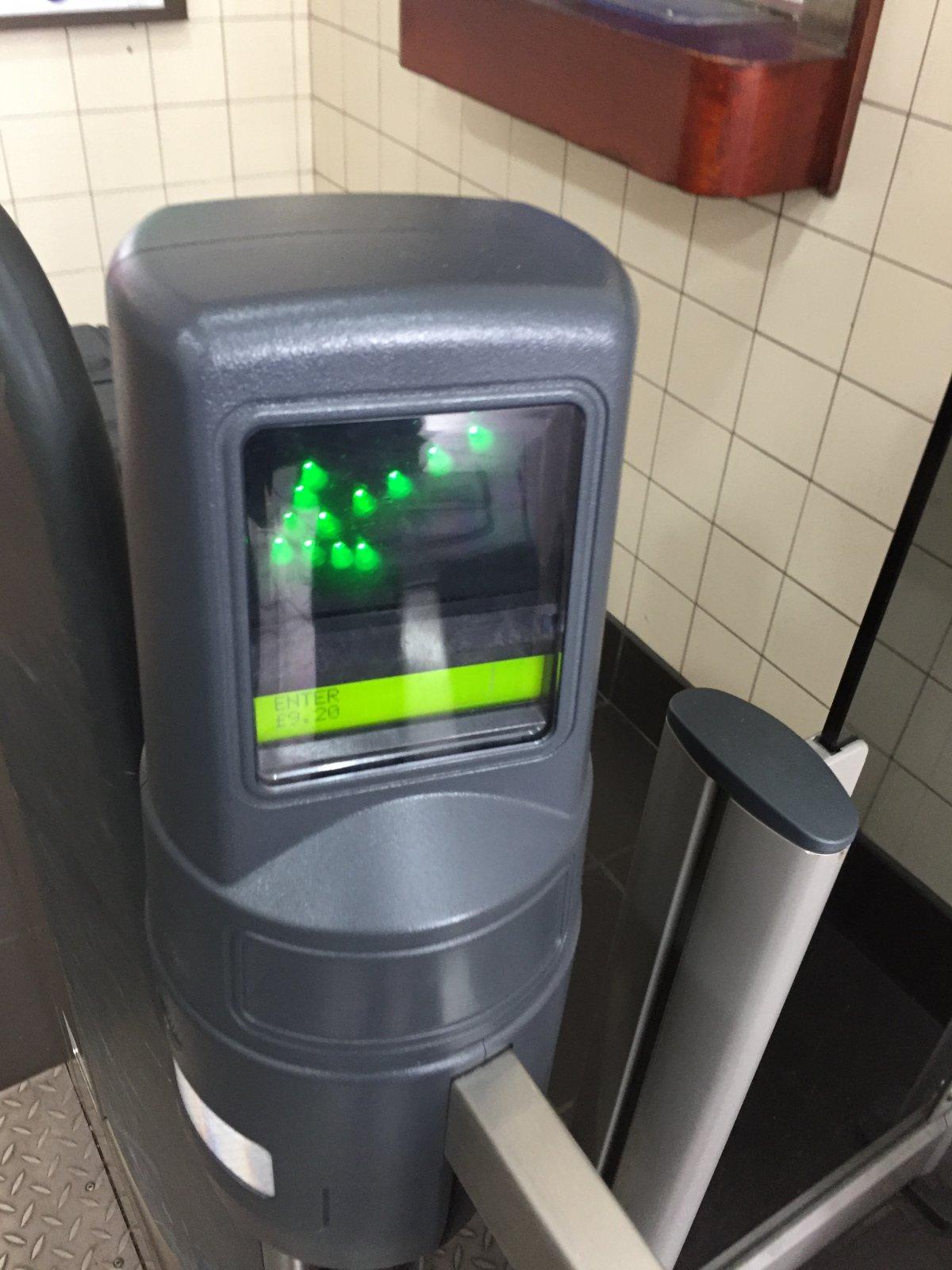
Down I go. The Jubilee line is relatively new compared with the rest of the Underground. It looks a little more metallic than the historic stations on other Tube lines.
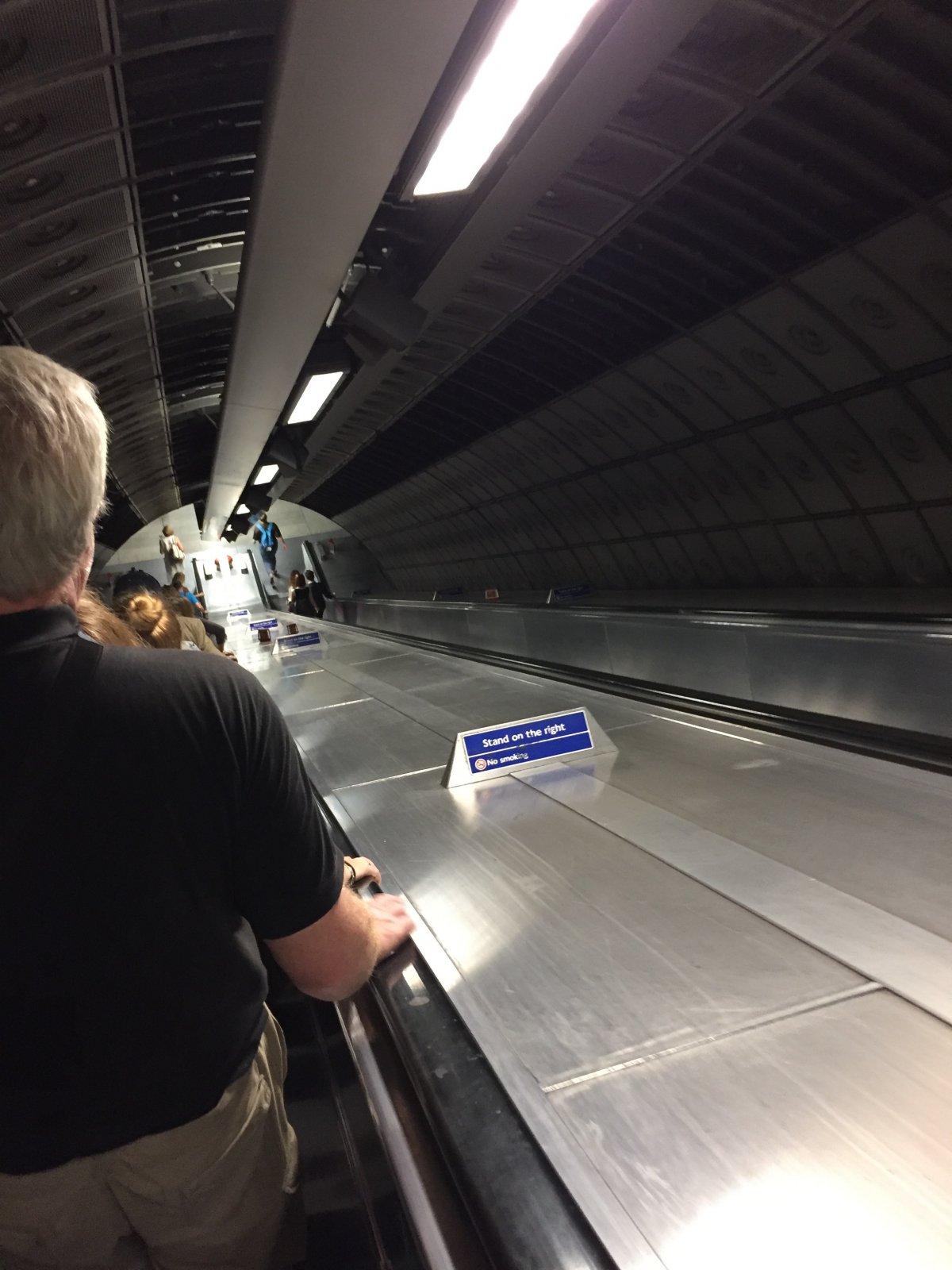
A train left just as I got to the platform. Rats. But not to worry, as there's one two minutes away. Not bad for 1:20 p.m. on a Tuesday.
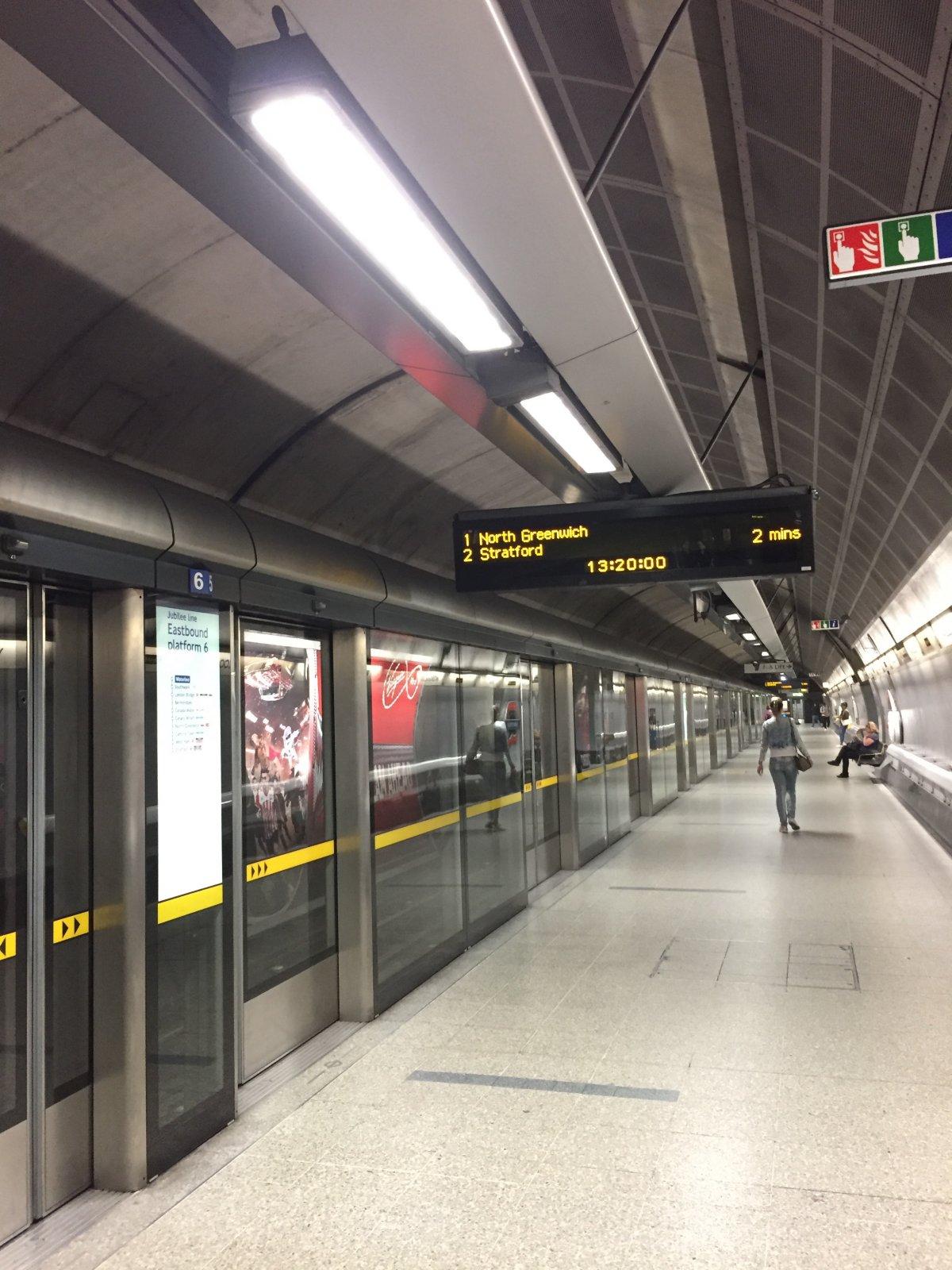
Another unique feature on the Jubilee line: platform screen doors. They line up exactly where the doors of the train are and open simultaneously.
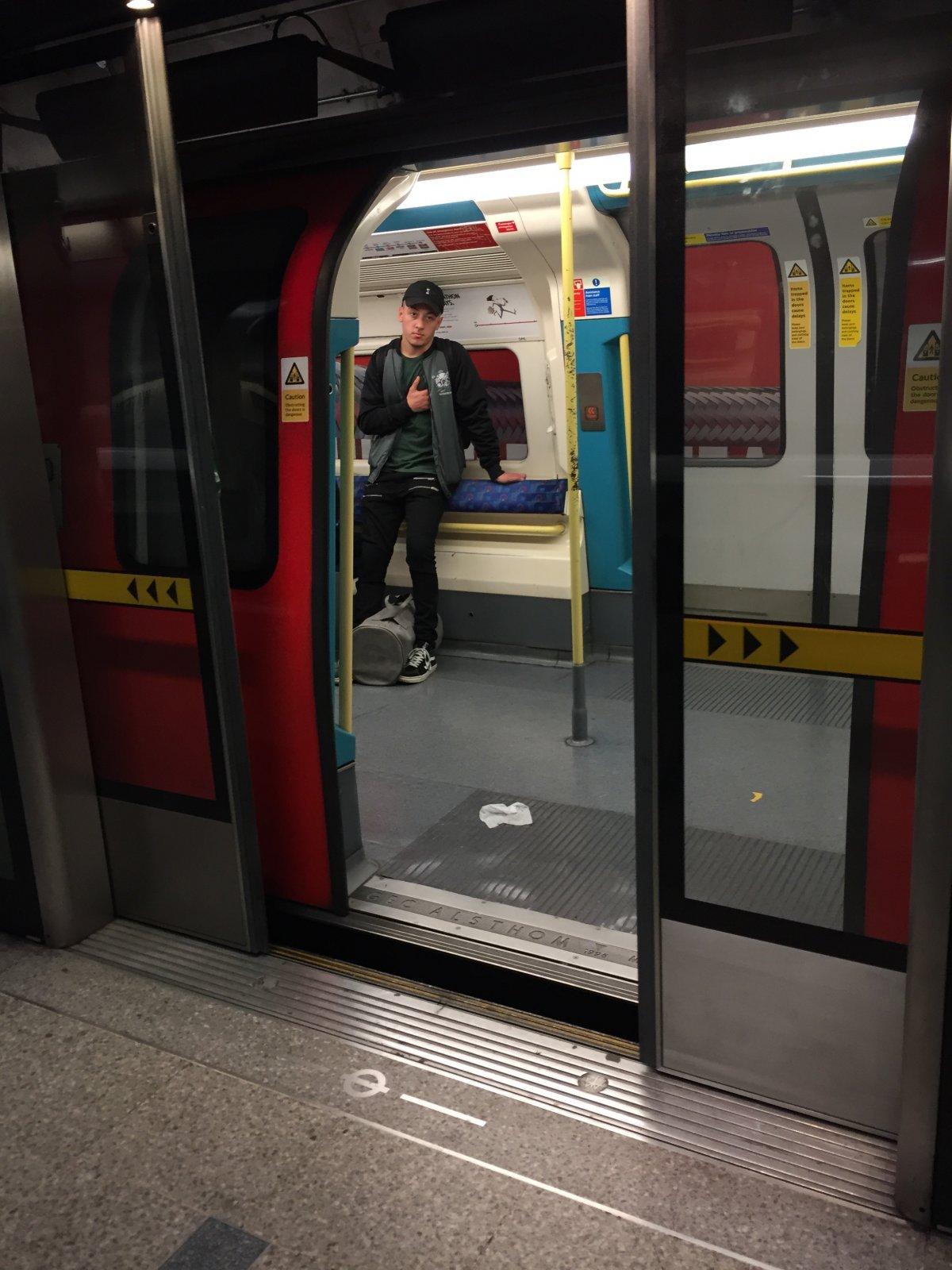
This has numerous benefits, but chief among them is safety. Dozens of people die in train-related accidents every year, but these doors could prevent people from falling or being pushed onto the tracks.
Inside, the cars feel a little cramped because of the sloping ceilings. Though this car didn't look brand new, it still had automated announcements that even told you which side of the train the doors would open at each stop.
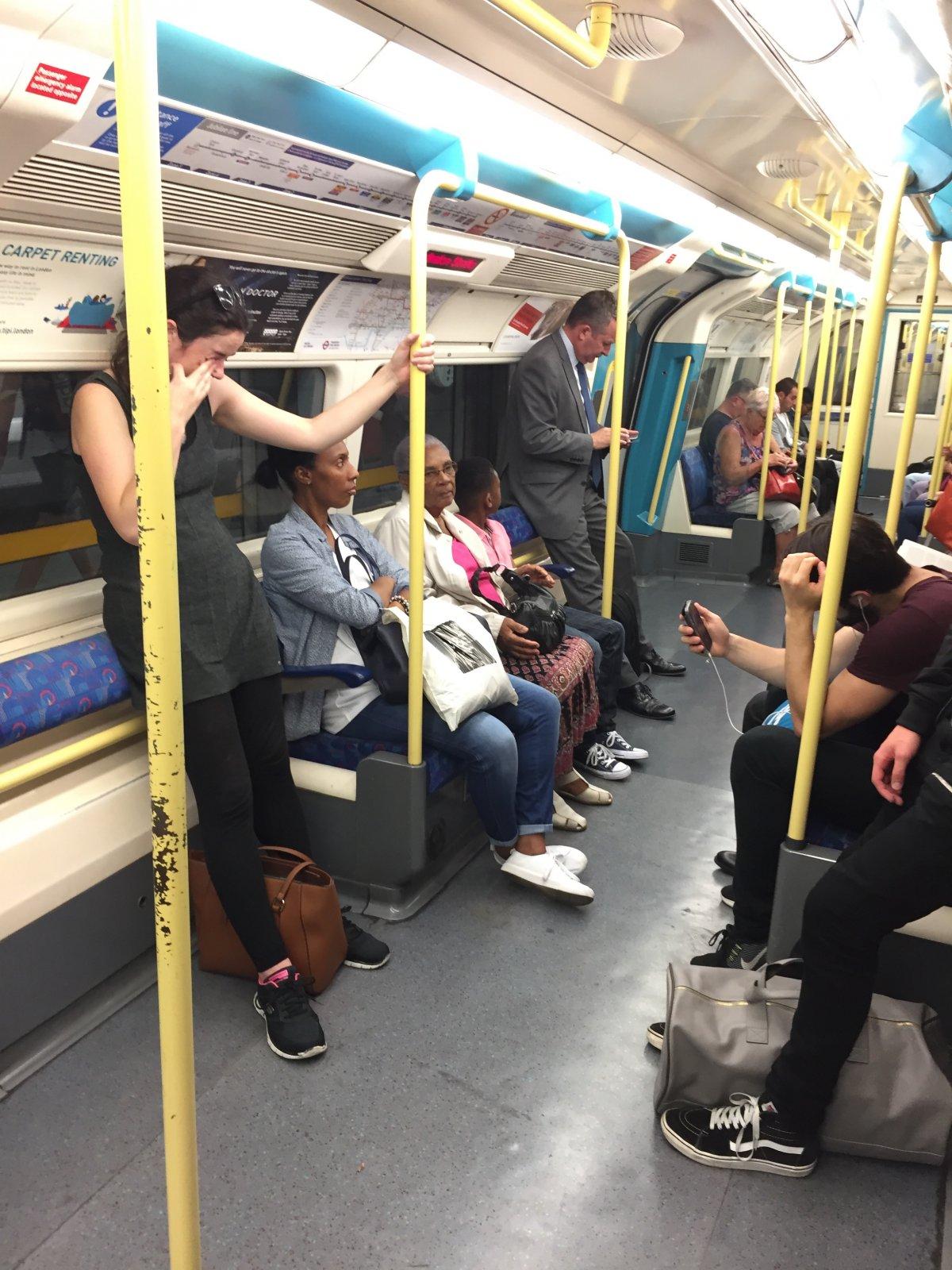
Another cool thing about the Underground: All the seats are cloth-covered, and they're much more comfortable than a plastic bench. There are also cloth-covered rails to lean against, which is a smart idea.
One note: Larger subway cars are in service on other lines that are not limited by the tiny ancient tunnels.
A few minutes later, I arrived at Canada Water.
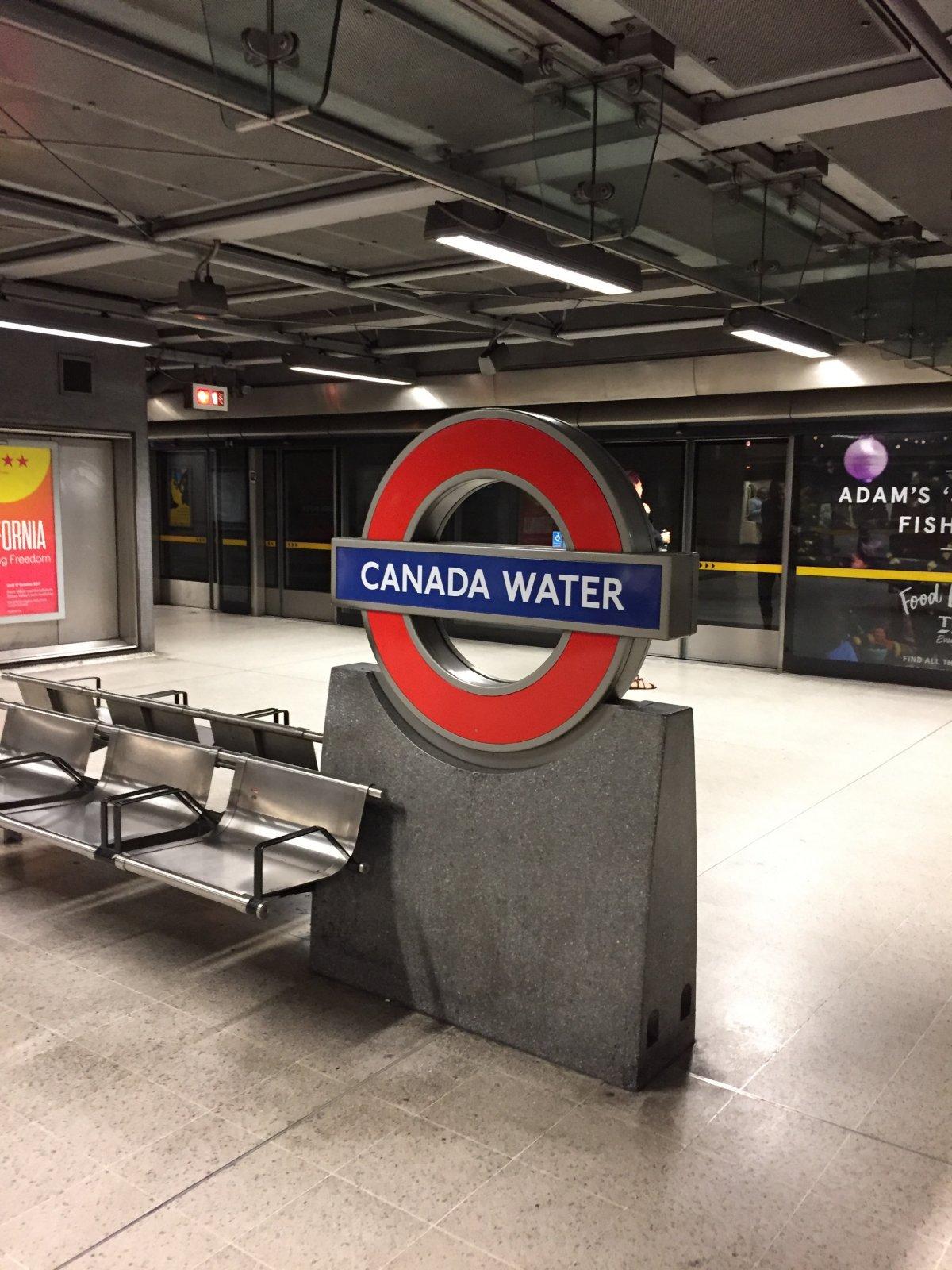
Now to transfer to the Overground. I followed the signs for the northbound train.
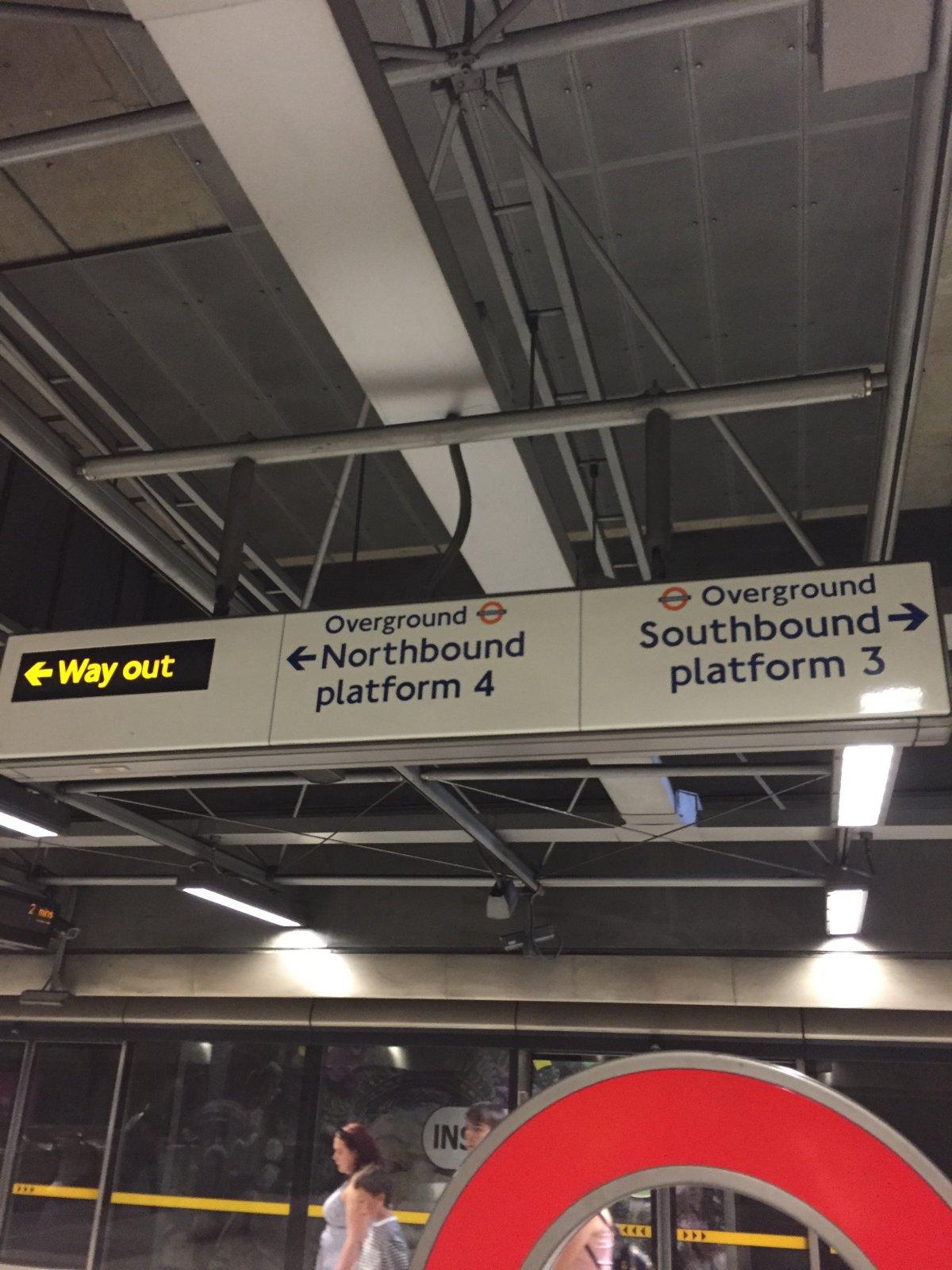
Turns out all I had to do was walk up a single flight of stairs, and I was at the correct platform. Even though the Overground is technically a different system, it still uses the same Oyster card, and I didn't have to tap in or out. Neat.
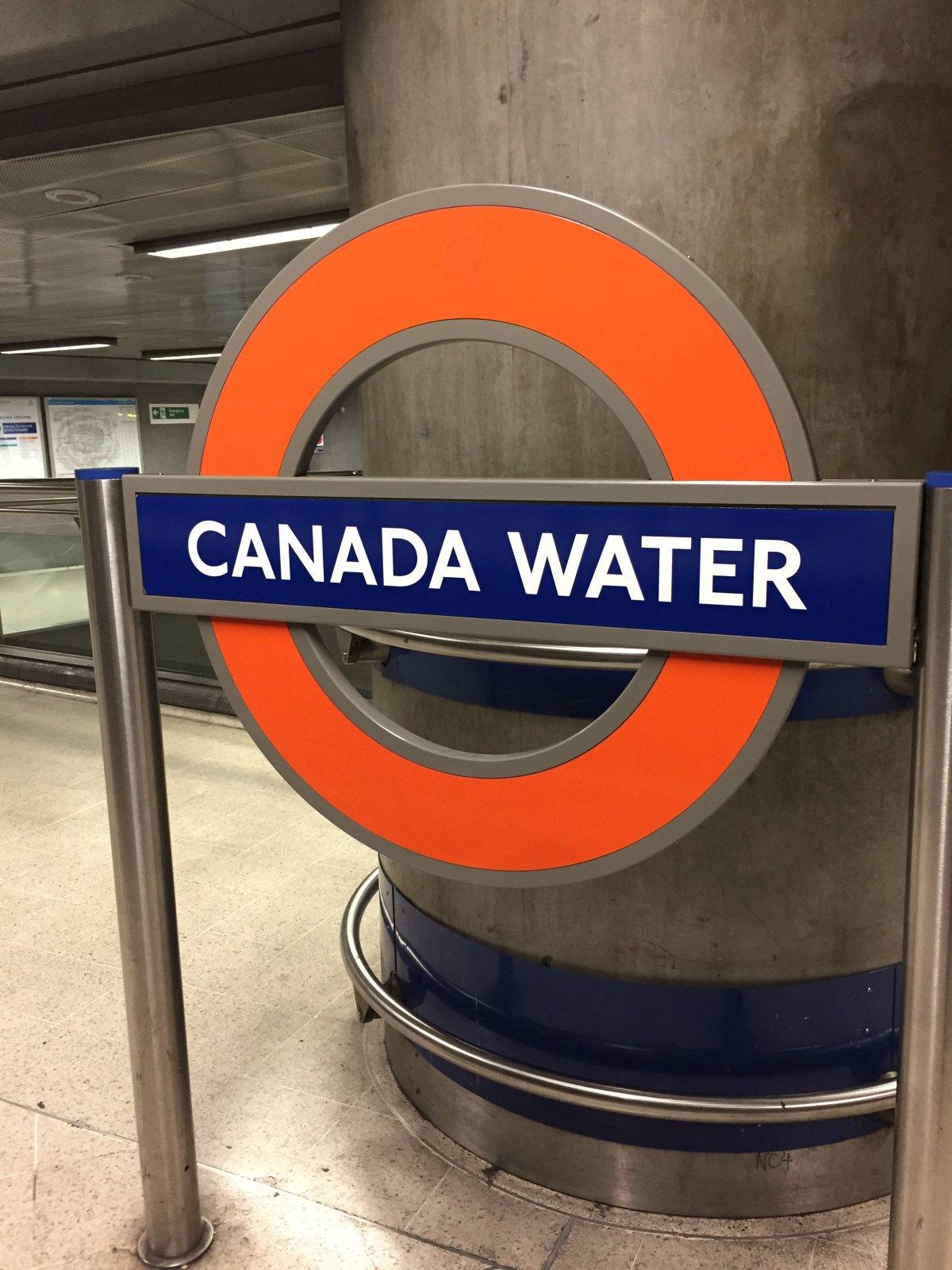
Three minutes until the train I needed would arrive — not bad at all.
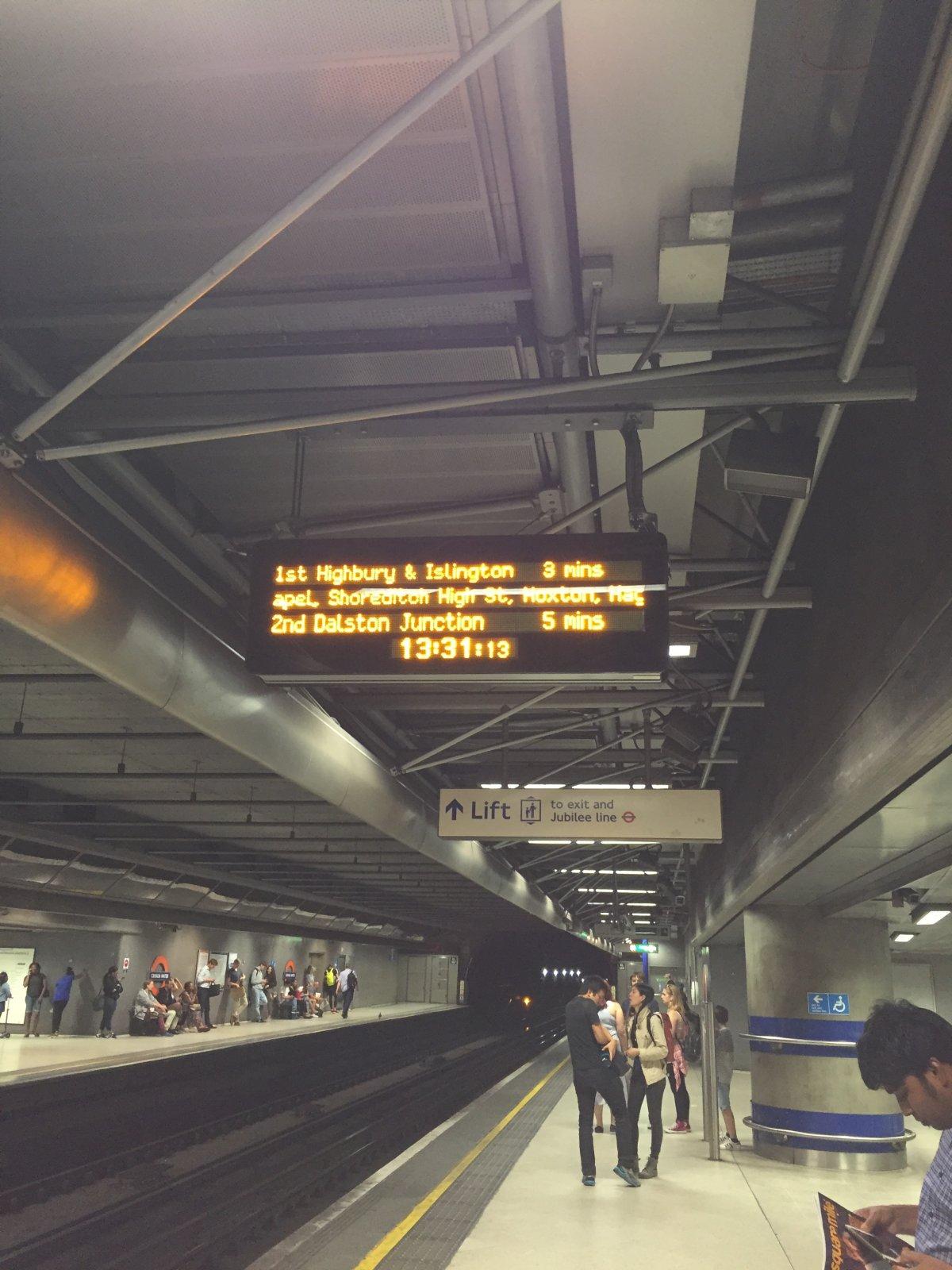
Here it comes. The Overground's trains aren't like subway trains.
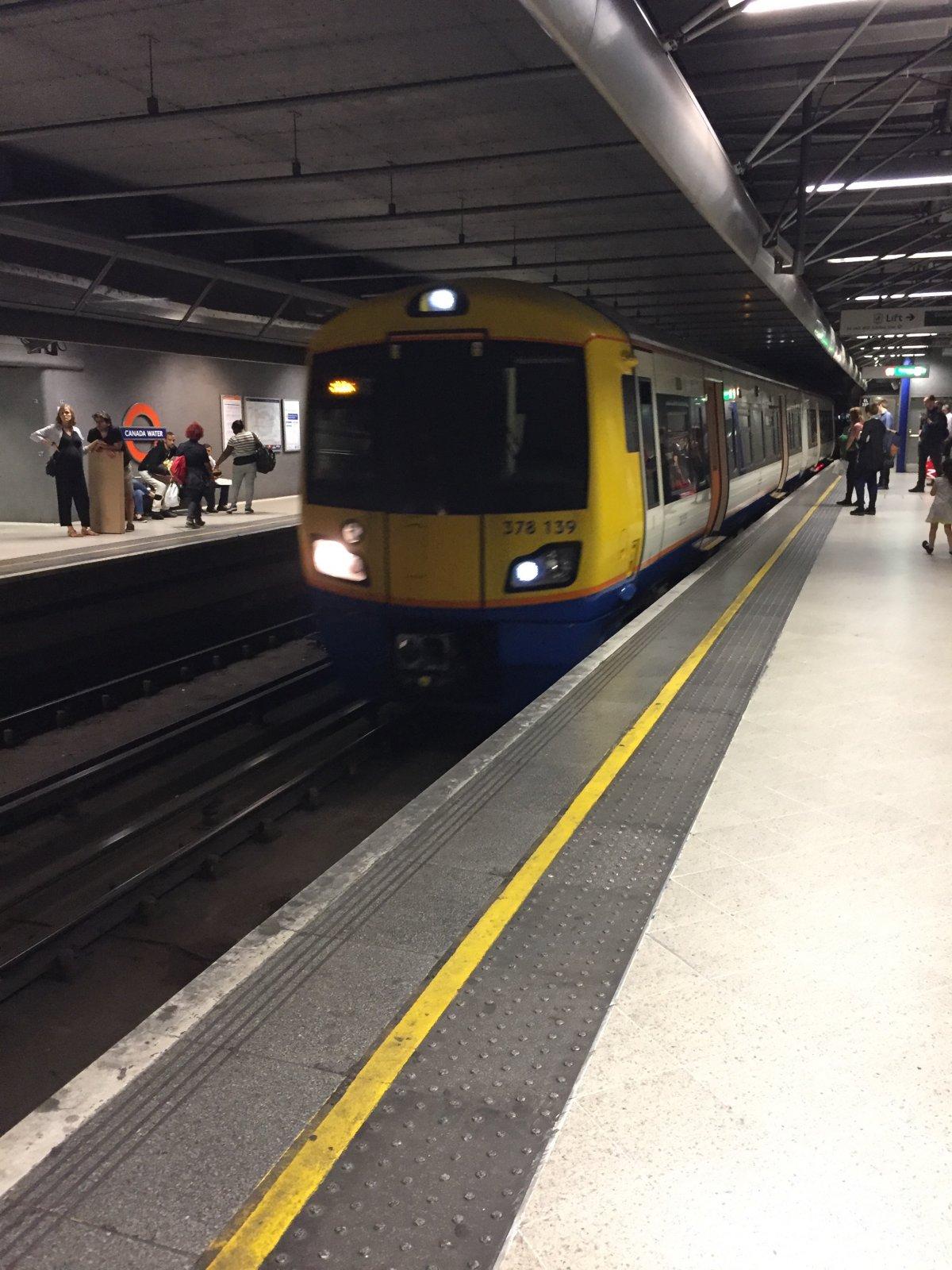
One notable feature: They're articulated, meaning you can walk from one end to the other with no barrier at all.
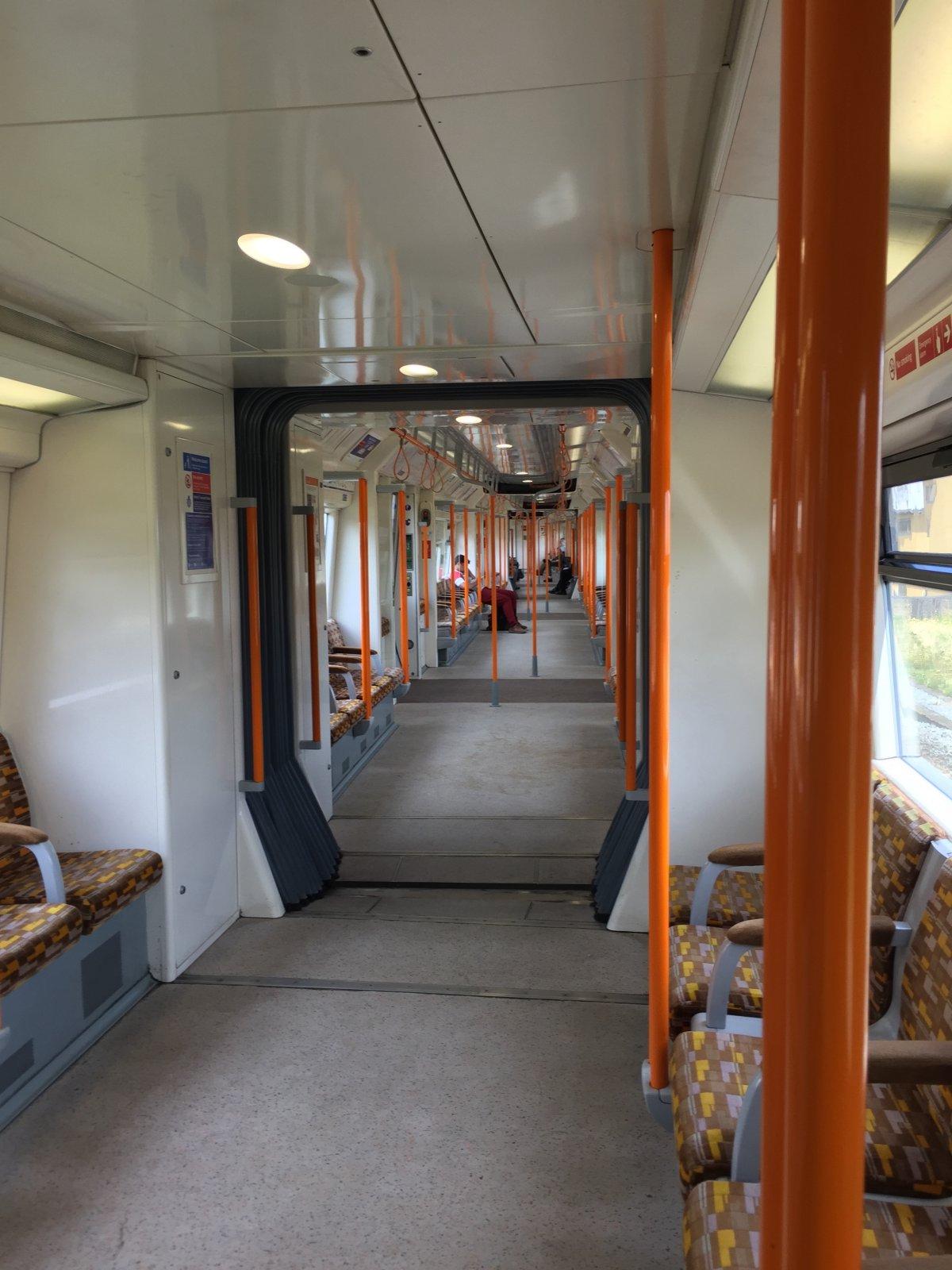
Other than that, they're pretty standard, relatively large rapid-transit cars.
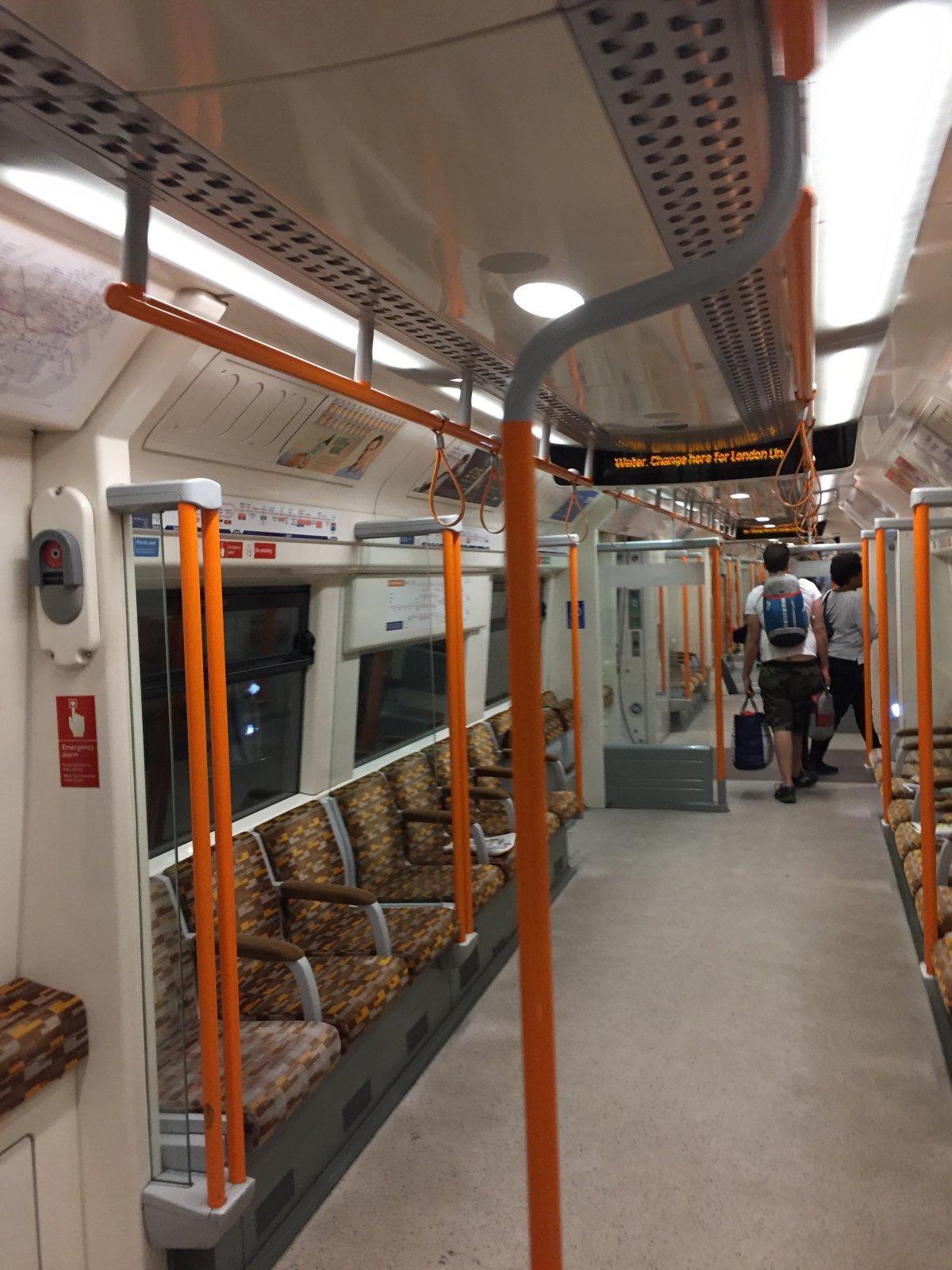
There were outlets, but I wouldn't try them if I were you.
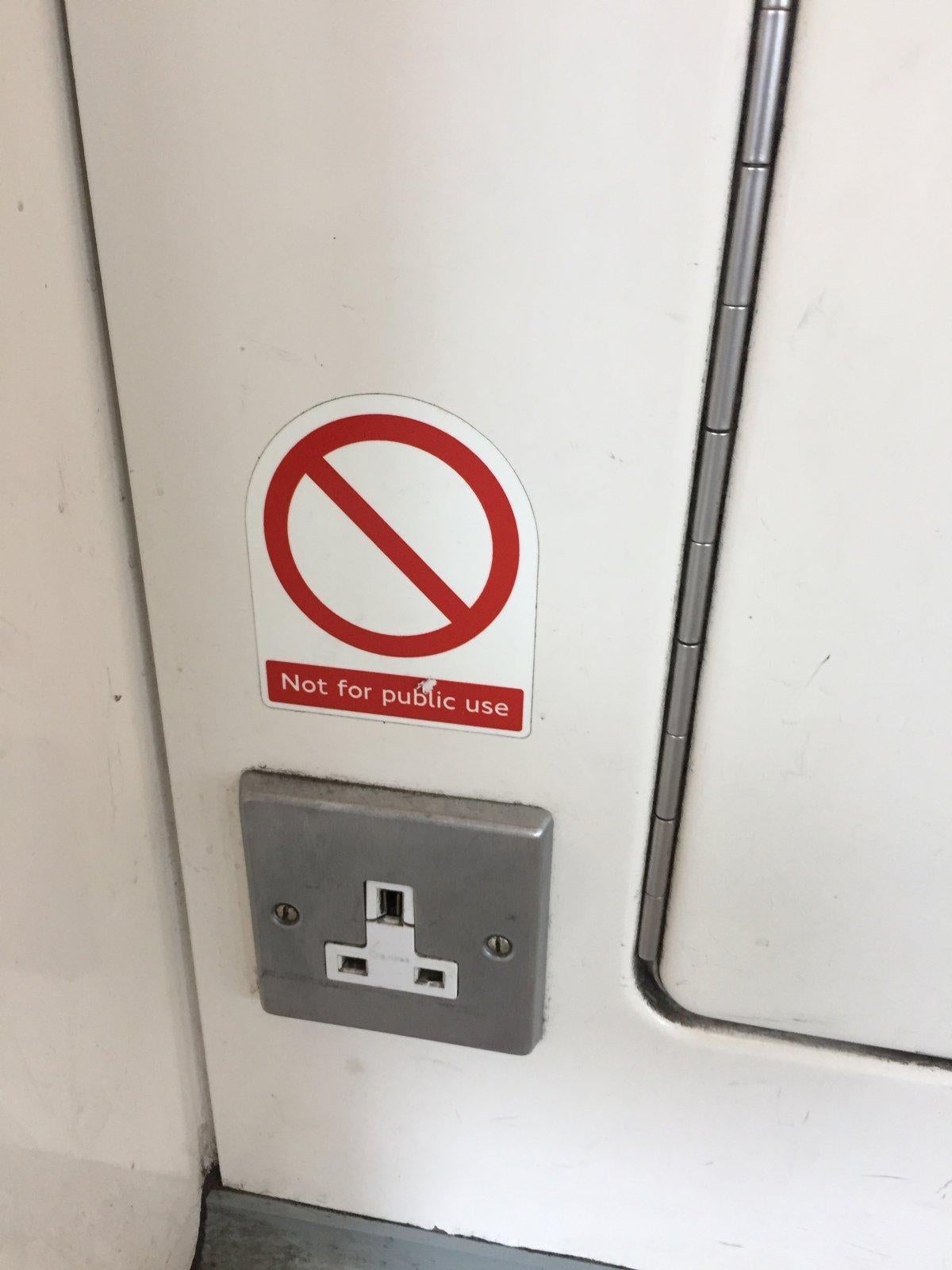
I watched scenic Shoreditch whiz by the window.
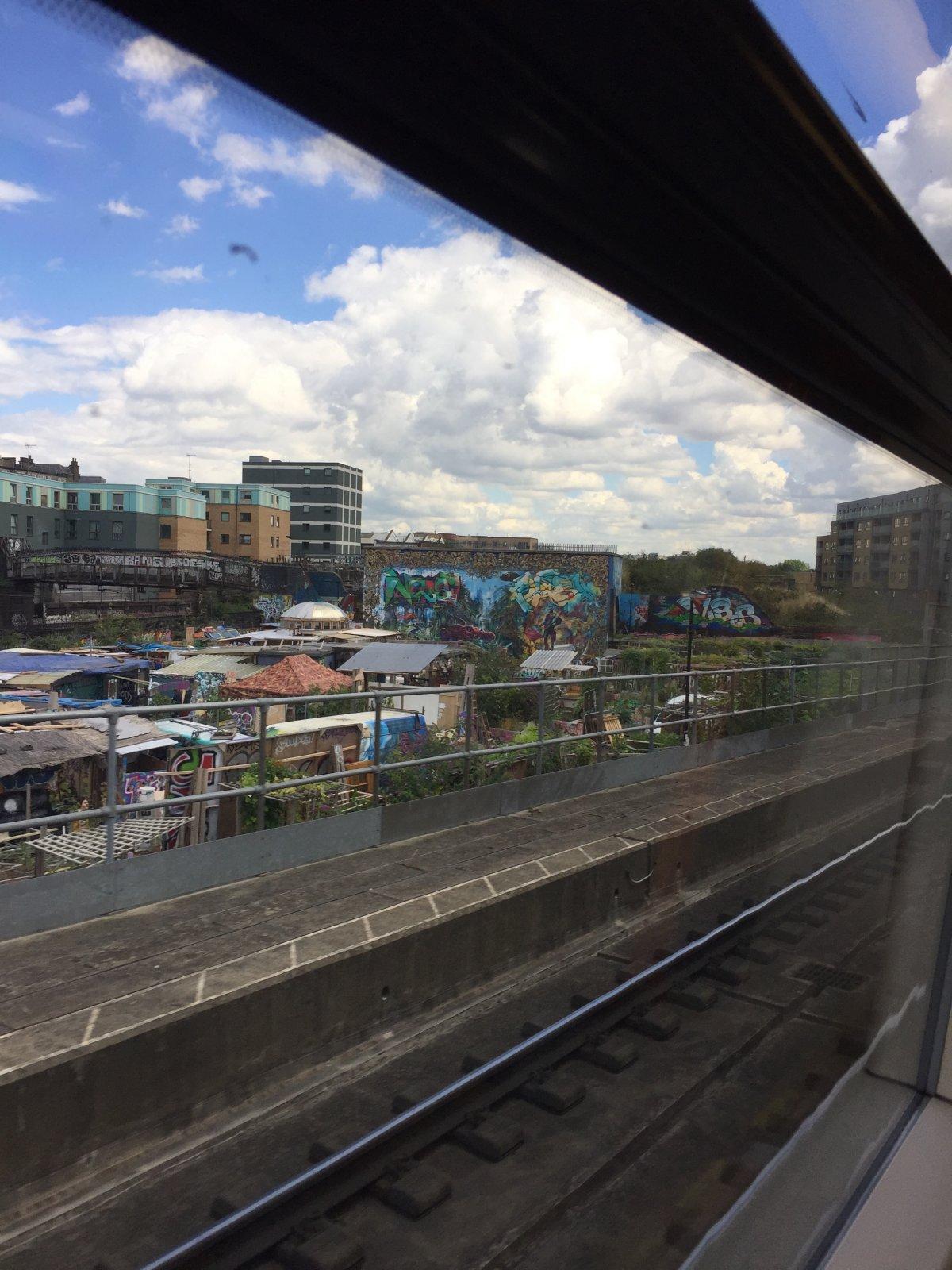
When the train stopped at the station, the doors didn't open. After a moment of confusion, I realized the doors don't open automatically — you have to press this glowing "open door" button. A quick press, and I arrived.
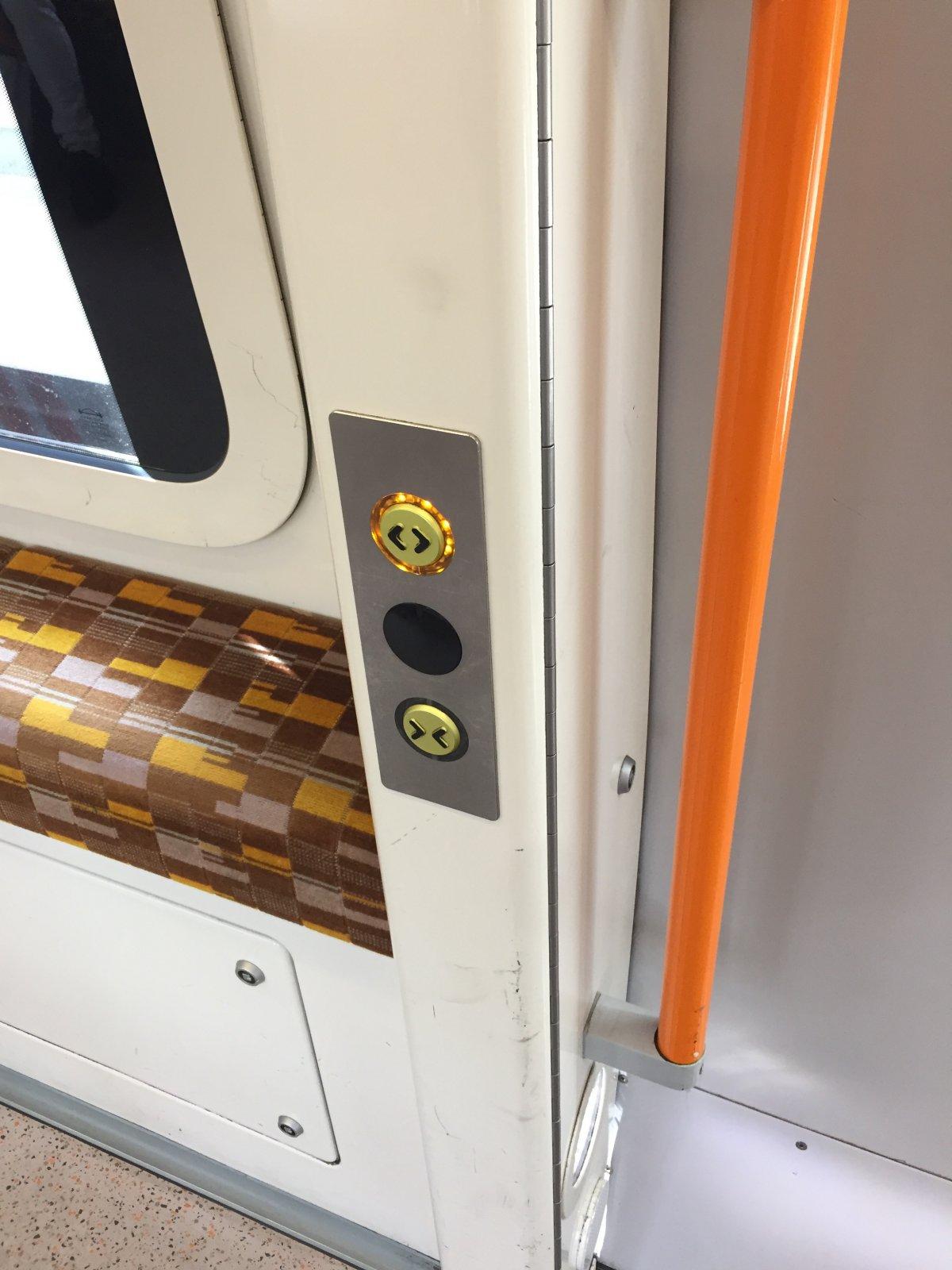
Canonbury, safe and sound.
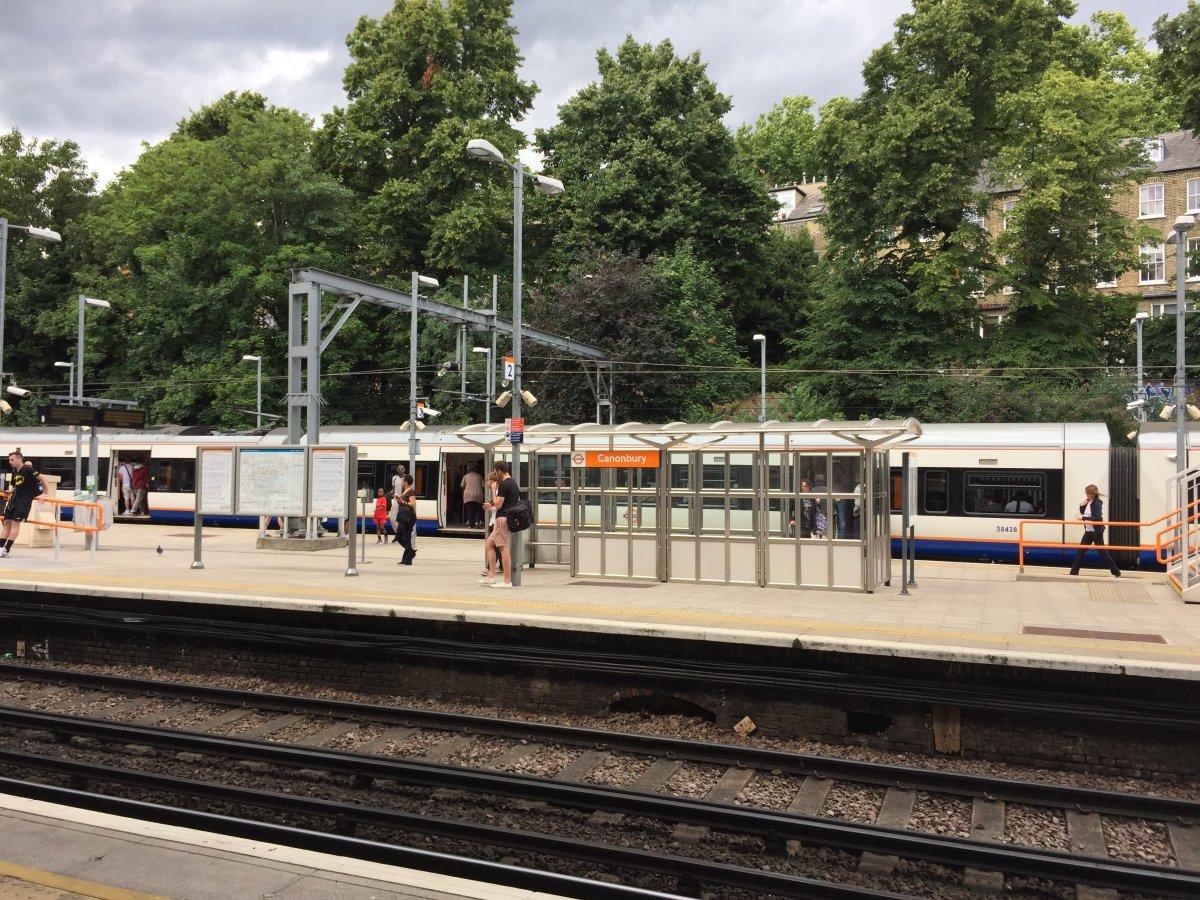
Tap your Oyster card again to leave the station, and it'll register how much you paid. It took roughly 40 minutes to get to my destination, and with not a single bump along the way. New York can't do that.
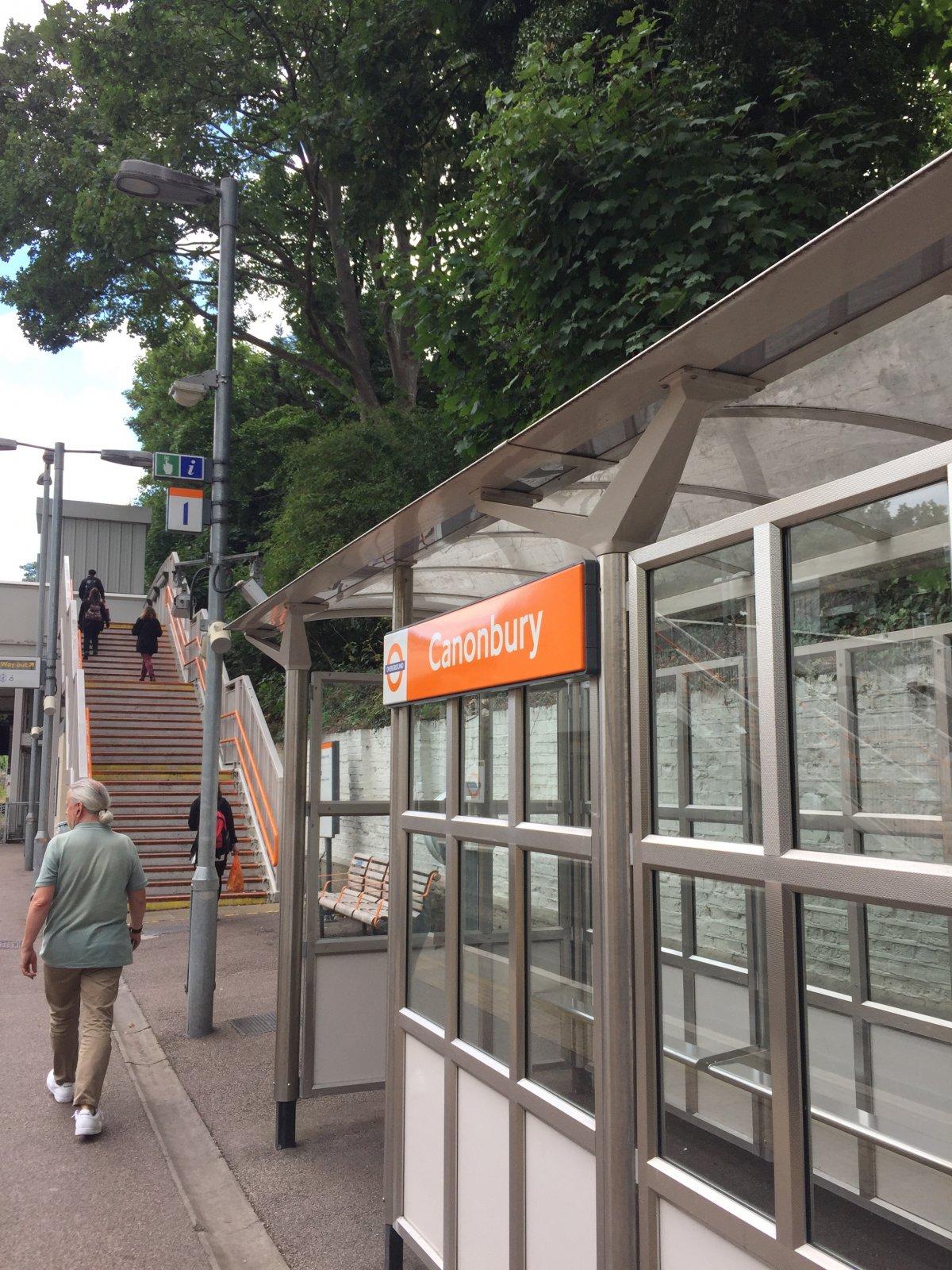
Read more:
• Why Spain has become a target for terrorists
• The 100 best books to read in your lifetime, according to Amazon
• 27 movies you need to see this Autumn
Read the original article on Business Insider UK. © 2016. Follow Business Insider UK on Twitter.
Join our commenting forum
Join thought-provoking conversations, follow other Independent readers and see their replies
Comments
Bookmark popover
Removed from bookmarks